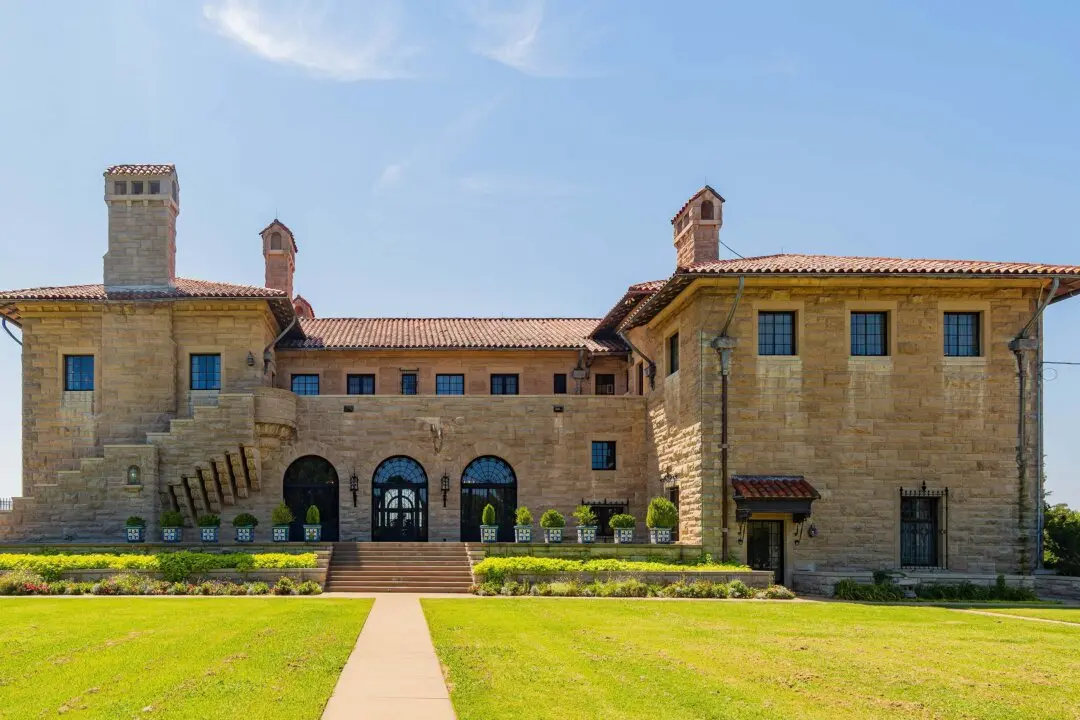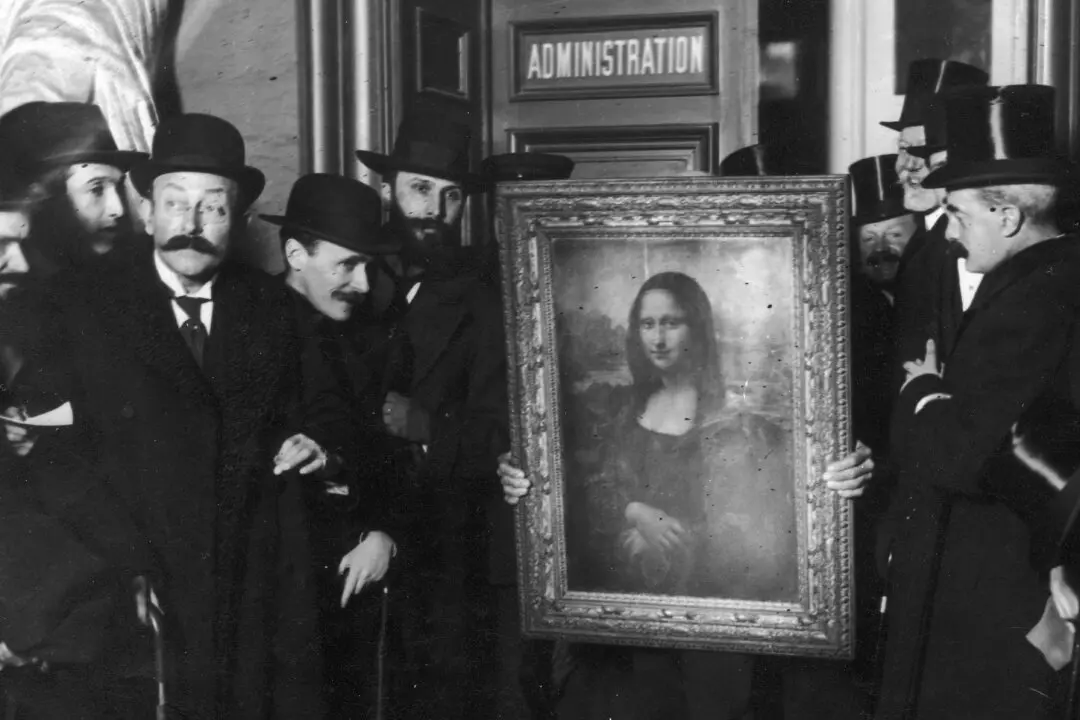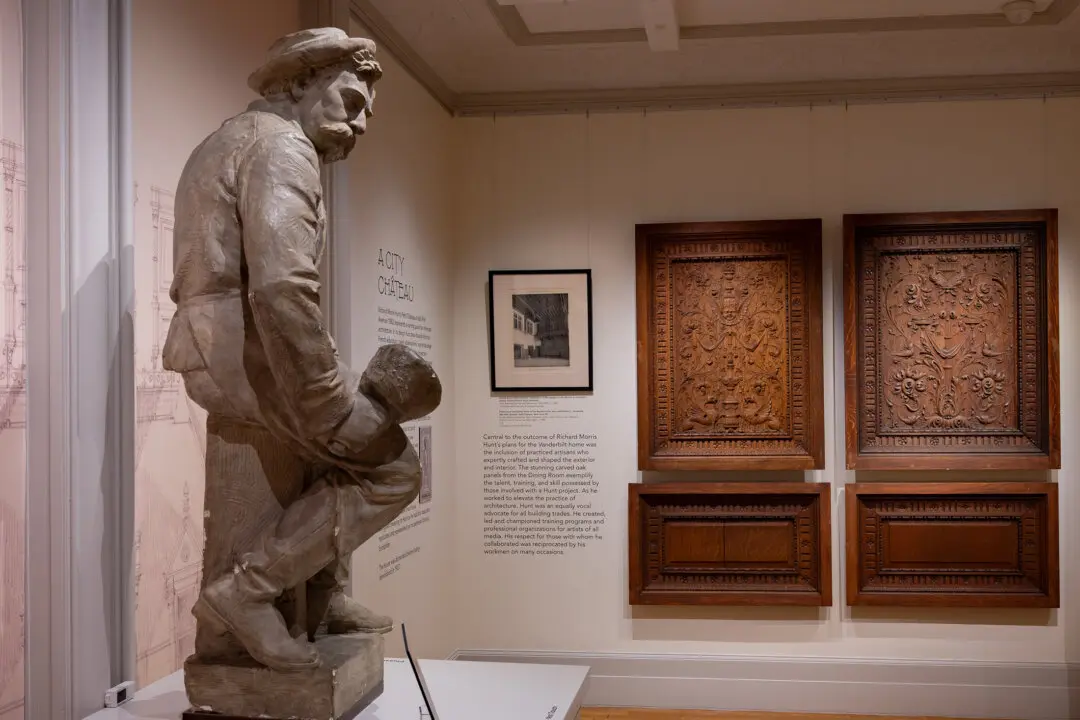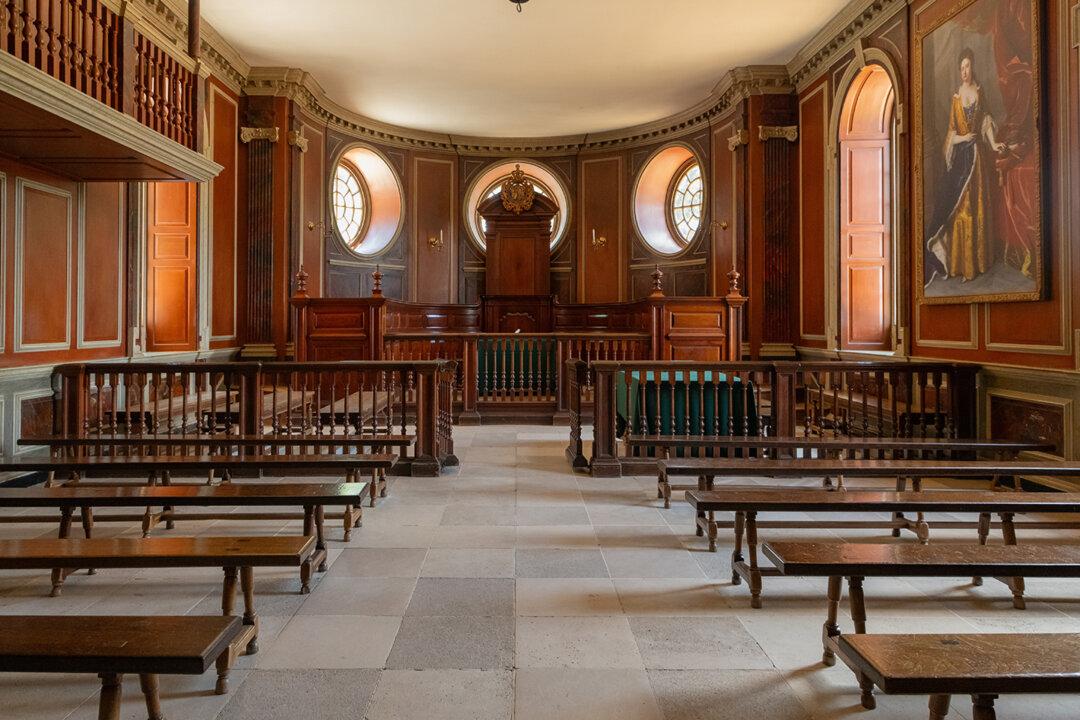The Rev. Philip Lindsley came to Nashville, Tennessee, in 1824 to rescue the struggling Cumberland College (now University of Nashville). What he brought with him was a great vision: to create “a center of learning and civilization in the midst of the Old Southwest.” He pictured a group of academics, similar to those depicted in Raphael’s famous fresco “The School of Athens,” enriching the city’s culture.
Lindsley brought in some of the finest scholars of the day as visiting professors and expanded the school’s academic offerings. Emphasizing classics, languages, mathematics, and the sciences, the university set the tone for a city’s cultural growth. It was that growth that led Lindsley to refer to Nashville as “the Athens of the South.” Actually, he referred to it as the “Athens” of the West, or Southwest. The territory of Tennessee had joined the Union in 1796, and at the time it was seen more as the western frontier.





